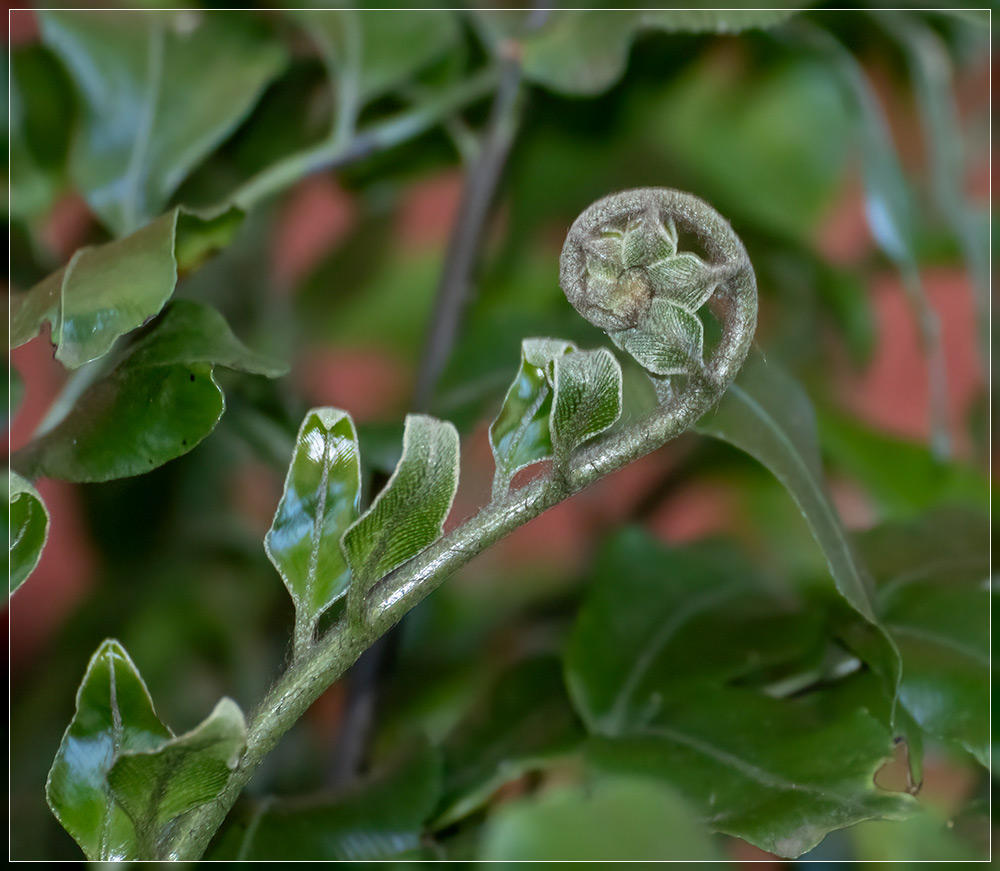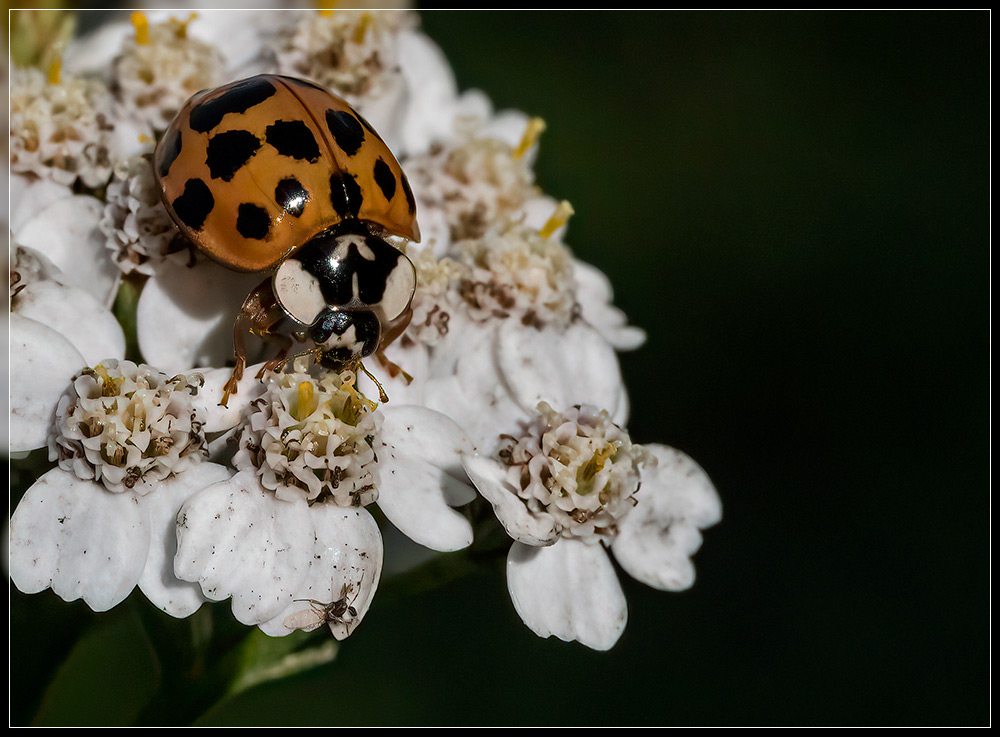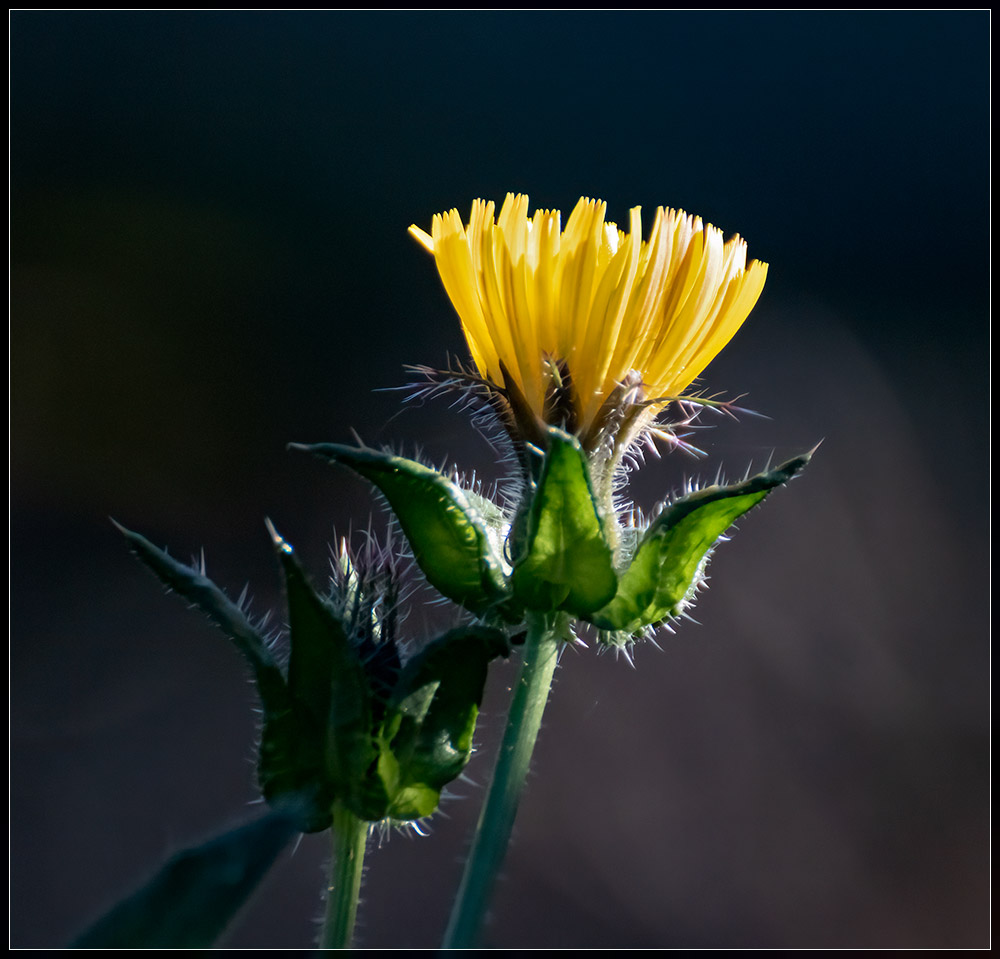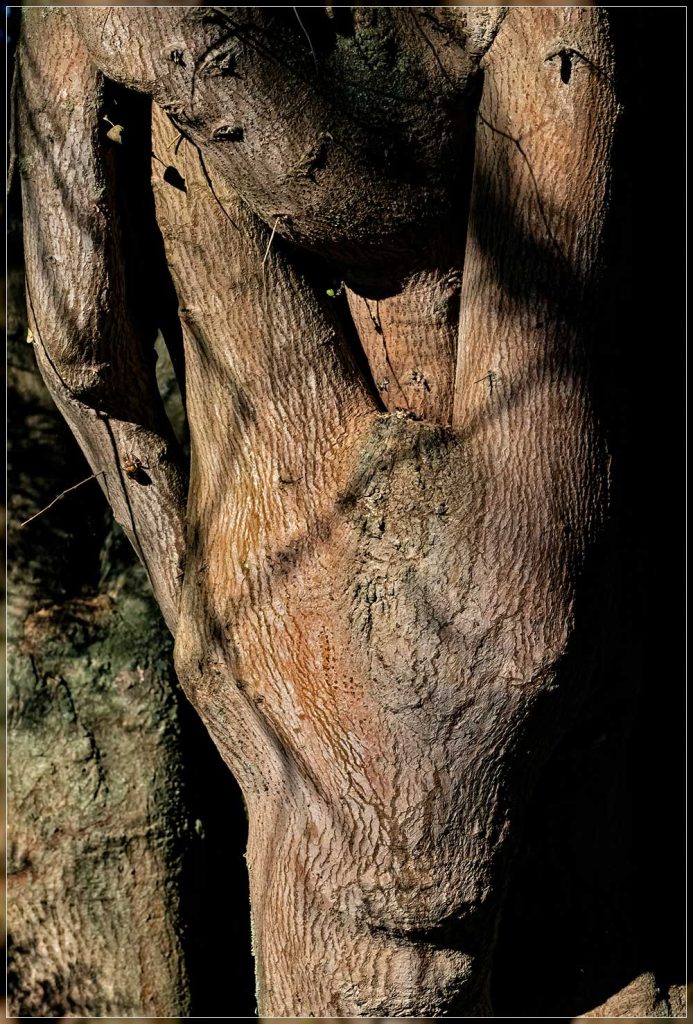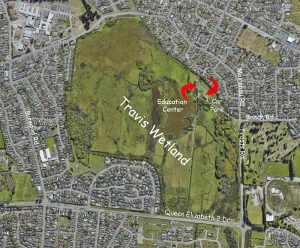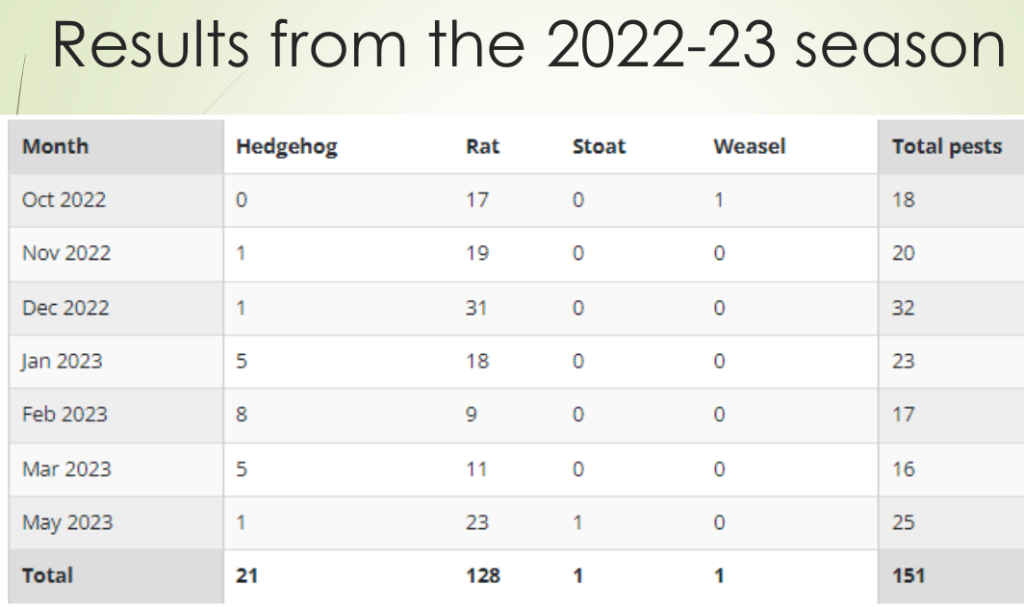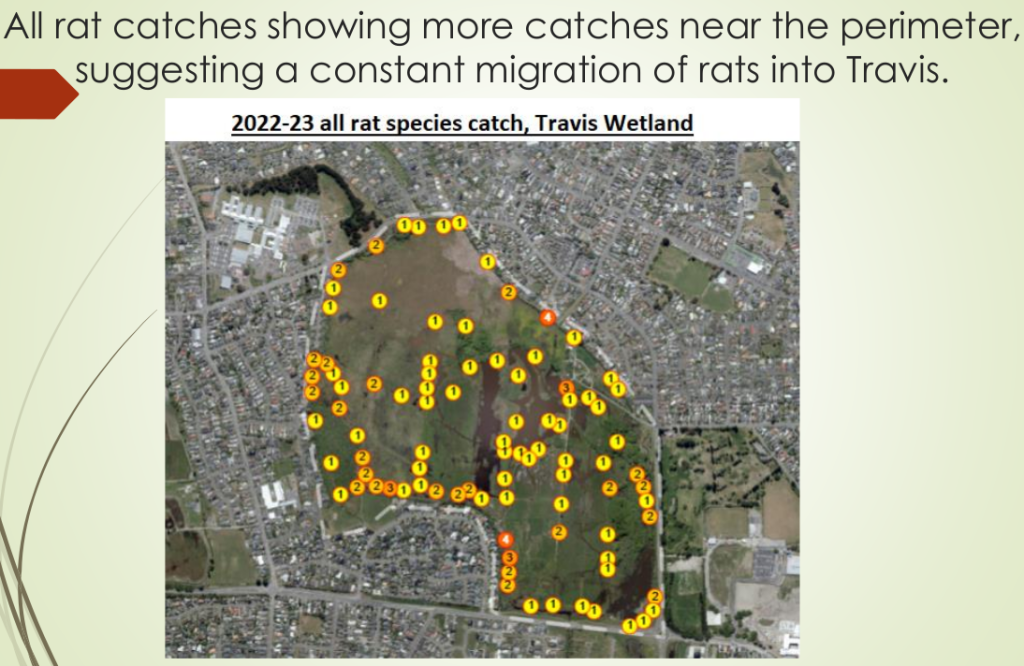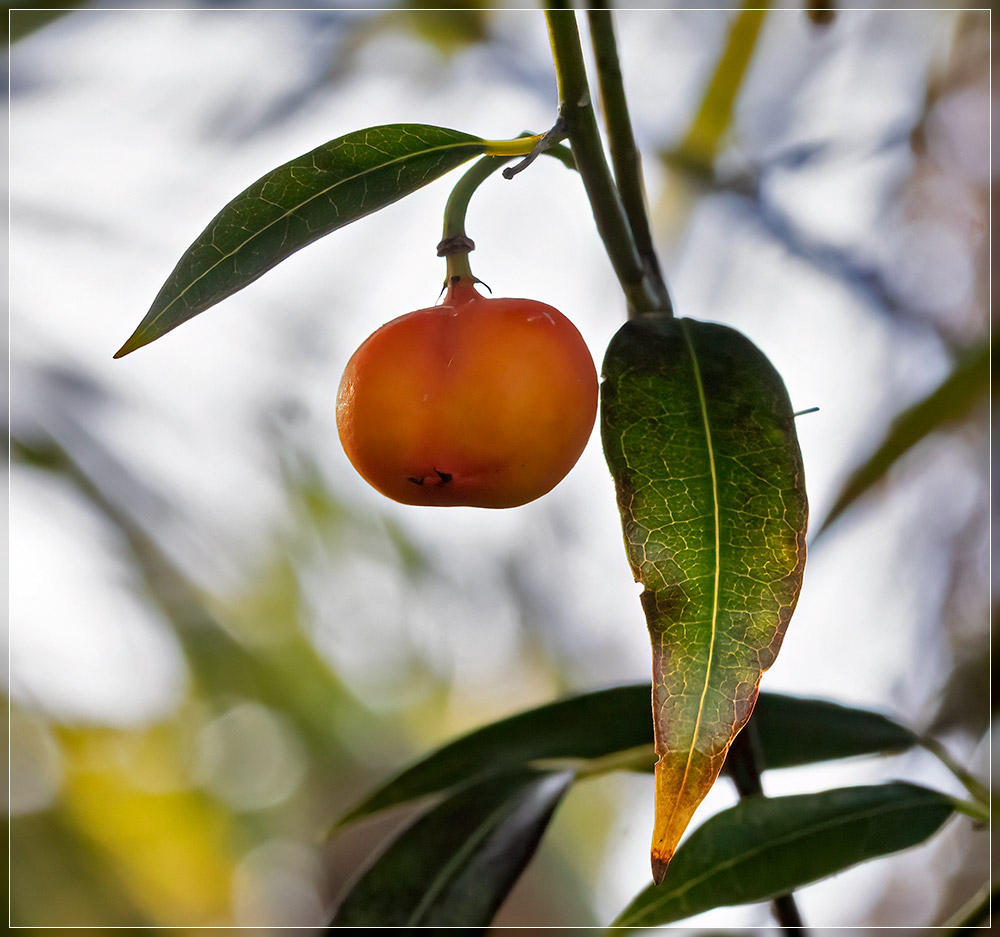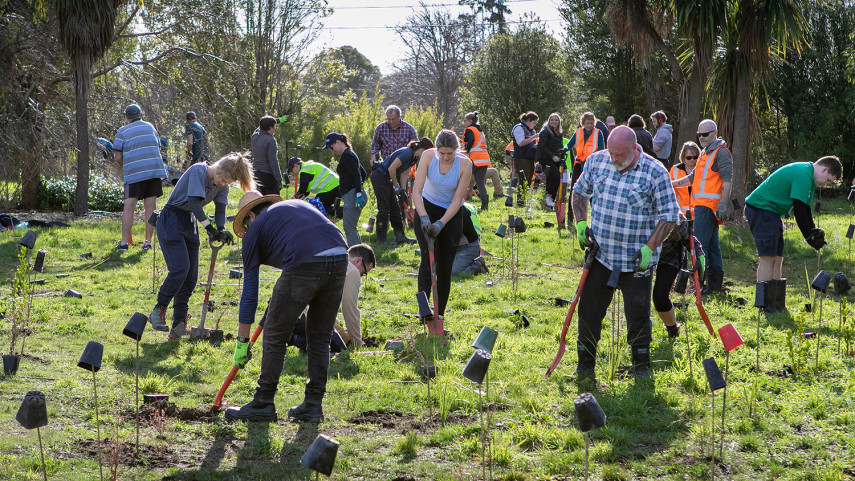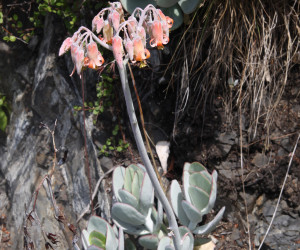All previous newsletters can be found here.
Work Day Reminder, June 17 2023
The next monthly work day will be from 9.00am – noon this coming Saturday.
This month we’ll be planting somewhere around the wetland, somewhere appropriate to the species we choose to plant.
If you arrive late there will be a notice on the Education Centre door explaining where we have gone.
All tools provided. Gumboots are advised but we can lend you some if you don’t have any. Please bring your own gloves if you can, but we have some of them for loan too.
If the weather on the work day is poor and we decide to cancel then an email will be sent by 8am on Saturday morning. So if you think the conditions are marginal, please check your emails.
If you’re reading this on the website and are not on the email list then you can add yourself to it through the form at the foot of the home page. If you change your mind there’s an unsubscribe link in each newsletter.
Latest News
Report on Last Month’s Work Day, 20 May
There was no May work day due to rain. I hope everyone saw the email and didn’t turn up as the weather was marginal rather than atrocious. It didn’t rain as much as the weather report predicted.
Predator control at Ōruapaeroa / Travis
At the last Trust board meeting CCC ranger Kenny Rose reported on pest control for the past trapping season (Oct 22 – May 23). A total of 151 predators were trapped using 164 traps, as shown in the table.
Rat numbers have been trending down over the years. The peak predator numbers are in summer and caught in greater numbers around the edges. Ship rats are found mostly in drier areas and especially where there are trees, Norway rats occur everywhere and hedgehogs almost exclusively on drier edges. One stoat and one weasel were also trapped.
Diphacinone bait is used in a single pulse of poisoning. The amount of poison taken at each station is recorded to give an indication of predator density variation.
Tracking tunnels showed mouse numbers, as well as lizards, are strong over the summer. Here’s a link to Kenny’s presentation if you want to see all the slides.
Passiflora tetrandra: The Endemic Passionflower of New Zealand
This is another notable first for Travis Wetland / Ōruapaeroa.
The first fruit of a New Zealand passionflower.
The New Zealand passionflower, scientifically known as Passiflora tetrandra or kōhia in Māori is an intriguing climbing vine that is endemic to New Zealand. It is the sole representative of the passionflower family in the country.
Passiflora tetrandra is characterized by its glossy, lanceolate leaves, which contribute to its overall appeal. During the blooming season from October to December, the vine produces clusters of small, fragrant flowers ranging in colour from white to yellow, which are often seen on the forest floor of Riccarton Bush in early summer. These blossoms attract various pollinators and facilitate the plant’s reproduction.
The plant has both male and female vines with the female vine bearing the fruit.
One notable aspect of Passiflora tetrandra is its (marginally) edible fruit. The vine produces small, orange, lemon-shaped fruits that are enjoyed by both humans and animals. Historically, the fruit has held cultural significance as a traditional food source for the Māori people, who also chewed the gum extracted from the stem.
As a climbing vine, Passiflora tetrandra can reach heights of up to 10 metres, utilizing touch-sensitive tendrils to attach itself to supporting structures. It thrives in diverse habitats, including forests, stream banks, and scrub lands throughout much of New Zealand but reaches its southern natural limit on the east coast in Christchurch-Banks Peninsula.
The cultivation of Passiflora tetrandra is relatively straightforward, with propagation achieved through seeds or cuttings. It requires a support structure, such as a trellis or tree, a well-drained but continually moist soil, and some surrounding shelter in form of buildings, courtyards or bush, to thrive. By meeting these basic requirements, gardeners can enjoy the vine’s attractive foliage, tendrils and blossoms and the beauty and ecological perfection it brings to their landscapes.
Curated by Grahame
Visit to Blind and Low Vision Impaired People at Bristol St Centre
Petronella asked for someone from the Trust to tell a group of blind and low vision impaired people about Travis Wetland at a Thursday Gardening Group Meeting.
Diane and grandson Nicholas collected all sorts of tactile items from Travis including, flax, raupō, toetoe, tall rush stems and cabbage tree seed branches. A quiz to sort smooth, rough, bumpy, round, furry, sharpish or nibbled from selection boxes was great fun. There were lively discussions about these, as they were felt by participants who learned about the reasons for their shapes. They loved feeling the items Diane and Nicholas had collected. The variety of feathers and the varying sizes and textures of the bird’s nests proved very popular.
We take our eyesight for granted, but being among poorly sighted people, and those with no vision, was a reminder to include them in our world. Some of the people who had been keen gardeners had recently lost most of their vision.
The afternoon finished with a lovely afternoon tea.
Later I used a very efficient vacuum cleaner to clear the natural vegetation from the floor!!!
Article: Eleanor Bissell
Ōtākaro Avon River Corridor planting
The 2023 native planting season is shaping up to be the biggest yet for the Ōtākaro Avon River Corridor (OARC), with 17 community days scheduled between May and the end of September.
The Council’s red zone rangers will team up with community groups and volunteers to plant tens of thousands of natives at Brooker Reserve, Chimera Crescent, Dudley Creek, Richmond Community Garden, Waikakariki-Horseshoe Lake, Dallington, Cedarwood Reserve and Amelia Rogers Reserve.
The Newsline story is here and for a full schedule of planting days, and the corresponding contact details for each event, click here.
For more information on the Council’s work and projects in the OARC, click here.
Help stop pest plant trading
With the recent upsurge of interest in house plants there has been a corresponding uptick in the trading of pest plants. ECan has expanded their monitoring of plant sales in online marketplaces, as well as community markets, gardening clubs and roadside stalls. We educate sellers and buyers who may be unaware of what they are trading.
It’s surprising to see that horrific weeds such as Wandering Willie (Tradescantia fluminensis) and Pig’s Ear (Cotyledon orbiculata) are among the region’s most traded plants. You can read more about their campaign here.
Images from Grahame
